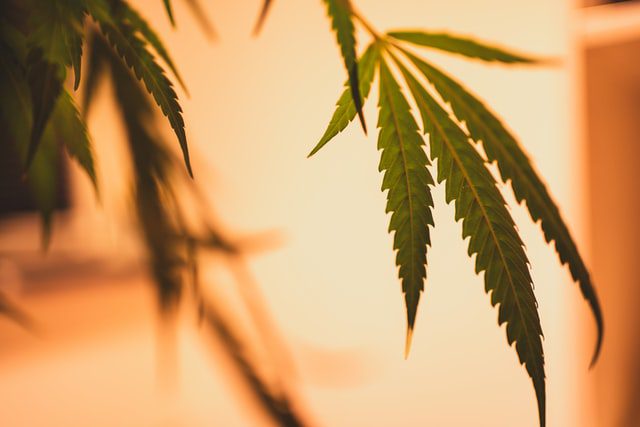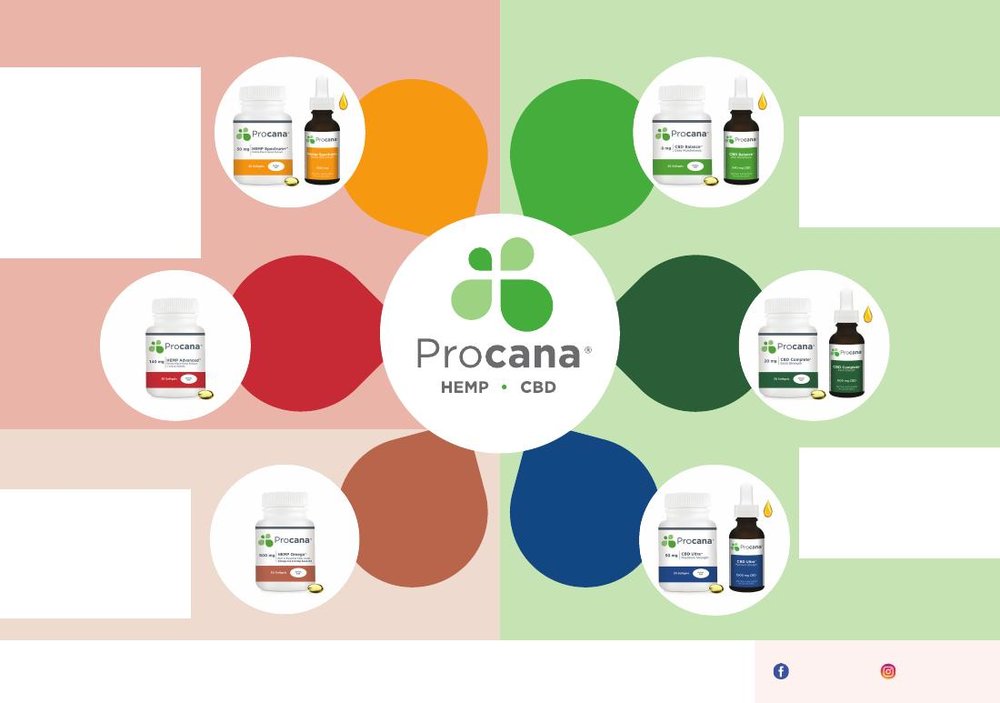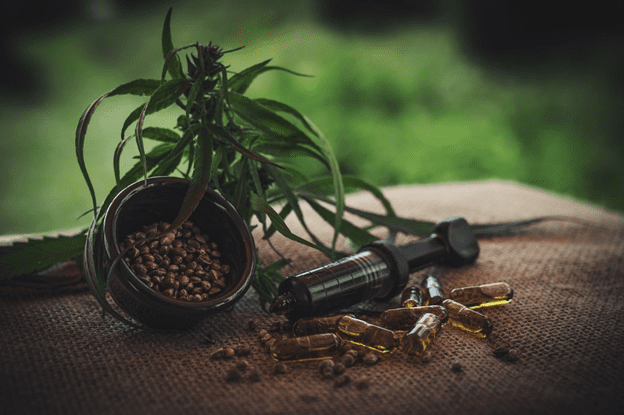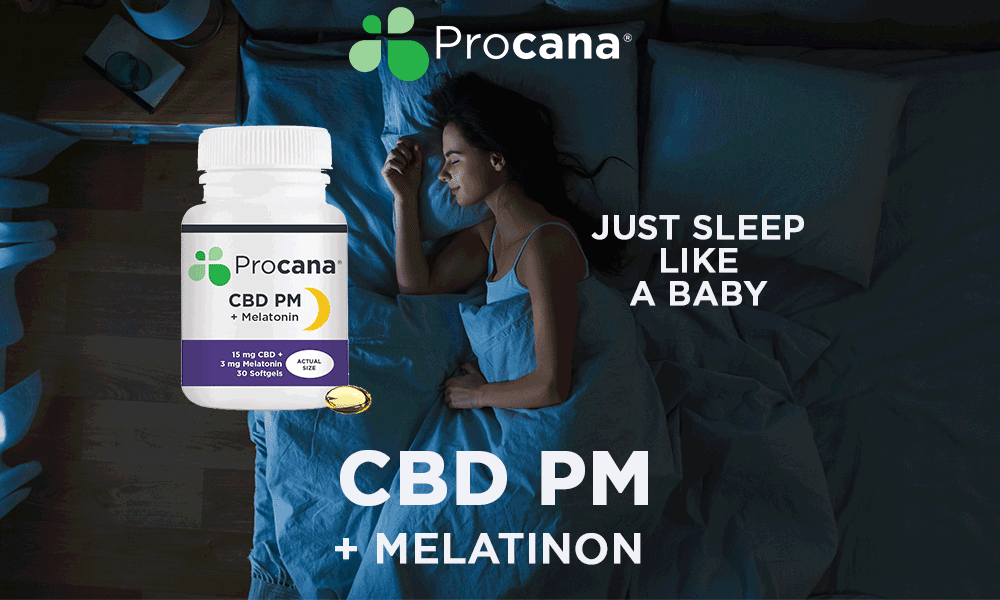The last two decades have taught us plenty about the cannabis plant; from the underappreciated benefits of its primary compound tetrahydrocannabinol (THC) to the tremendous medicinal potential of its most abundant cannabinoid cannabidiol (CBD). These discoveries, led largely by independent studies and researchers around the world, have truly transformed the public perception of natural medicine. Seemingly overnight, cannabis has gone from an obscure cause célèbre fueled by edgy activism to a vibrant and diverse industry exploding with entrepreneurs and investors.
However, there still is an aspect of the cannabis plant that continues to get lost in all the buzz around THC and CBD. Namely, the therapeutic properties and benefits of terpenes — organic compounds responsible for the distinctive aroma and flavor experiences associated with popular cannabis strains.
What Exactly Are Terpenes, In a Nutshell?
Terpenes are present in practically all plant life; they’re even naturally secreted by some insects. Besides being the compounds behind the characteristic smell and taste of various fruits, vegetables, spices, and flowers, terpenes also ward off predators at key stages of plants’ life cycles, even protecting them during seasonal changes throughout the year.
There are over two hundred terpenes in the cannabis plant alone, with their concentrations and precise ratios varying by strain. Without terpenes, there would be very little to distinguish one cannabis strain from another, other than their THC and CBD levels.
Read also: How Can Terpenes Affect Your Mood?
In this post, we take a closer look at the therapeutic properties and benefits of cannabis terpenes, as well as their role in the “magic” that makes cannabis consumption such a one-of-a-kind experience.
The Most Common Terpenes In Cannabis & Their Health-Positive Effects
It’s worth noting that many terpenes present in cannabis can also be found in other plants. This is why different strains can be used to great effect in the rapidly-growing cannabis cuisine industry, where bars, chefs, and even professional caterers feature menus revolving entirely around the use of terpenes. Let’s take a brief look at four of the most common ones, as well as their potential therapeutic properties.
Myrcene
Also found in: bay leaves, basil, lemongrass, hops, mangoes, and thyme
Myrcene is the single most abundant terpene in the cannabis plant, whose namesake Myrcia Sphaerocarpa is a medicinal shrub in Brazil historically used to treat internal disorders such as hypertension, diarrhea, dysentery, and even diabetes. Myrcene is often described as earthy and fruity with strong musky notes in its flavor and aroma. It is currently recognized in the scientific literature for its ability to aid in chronic pain issues such as arthritis (analgesic), inflammatory disorders like gout (anti-inflammatory), and even post-chemotherapy cancer treatments (anti-mutagenic).
Examples of typically high-Myrcene cannabis strains include White Widow, Blue Dream, and OG Kush.
Limonene
Also found in: lemon, lime, oranges, and grapefruit — particularly in their peels
Despite this popular terpene’s indicative name, Limonene is found in many things besides citrus fruits; some surprising examples include fennel, celery, and dill. From a culinary or perfume standpoint, Limonene is fruity and zesty, much like its namesake. It’s also well noted for its role in ameliorating anxiety disorders (anxiolytic), mood disorders (anti-depressant), heartburn, and gastric acid reflux. If you aren’t impressed yet, Limonene is perhaps most well-known for its ability to improve the body’s absorption of terpenes via the skin and digestive tract.
Cannabis strains known for having high concentrations of Limonene include Hindu Kush, Lemon G, and Berry White.
Linalool
Also found in: lavender, coriander, oregano, wild marjoram, and grapevine
Linalool (by way of the lavender plant) has been used as far back as prehistory by everyone — from garden variety peddlers to aristocrats and kings — to help soothe and relax their senses in trying times. Today’s studies continue to venerate the world-famous terpene, resulting in its complex and flowery aroma being almost ubiquitous in spas and convalescent facilities. In recent years Linalool has become increasingly sought out by recovering bodybuilders, prizefighters, and athletes for its unique therapeutic properties; namely its potential in treating muscle spasms or tightness (anti-spasmodic), recurring sleep disorders due to pain or trauma (sedative), and even seizures caused by injury-related neurological disorders (anti-epileptic).
Examples of cannabis strains frequently high in Linalool include Amnesia Haze, LA Confidential, and Lavender Kush.
Alpha-Pinene
Also found in: coniferous trees, pine, parsley, rosemary, and mint
Pinene is a terpene that’s already widely used in Aromatherapy and the production of essential oils, as it imparts an herbaceous flavor and aroma experience that is simultaneously refreshing, stimulating, and relaxing — much like its namesake. Pinene has long been appreciated for its role in fighting a wide range of both internal and exogenous infections (anti-bacterial, anti-microbial, anti-fungal) as well as its ability to aid against respiratory illnesses like bronchitis and asthma (bronchodilator).
Strawberry Cough, Jack Herer, and Island Sweet Skunk are good examples of cannabis strains that typically produce high concentrations of Pinene.
Always Appreciated, Often Overlooked: The Entourage Effect
In 1999, Israeli organic chemists Raphael Mechoulam and S. Ben Shabat coined the term “Entourage Effect” to describe the interactive process wherein cannabinoids and terpenoids present in cannabis work synergistically to effectively amplify each other’s effects.
The key is in their modulatory interaction with the body’s endogenous cannabinoid system (ECS). By binding to specific cannabinoid receptors — specifically the CB1 and CB2 receptors — cannabinoids and terpenoids directly influence neurotransmitters operating within the nervous system.
While the Entourage Effect is often overlooked in the discussion around terpenes, it’s precisely that interactive process that separates the consumption of liquid THC or simple CBD isolates from the highly therapeutic whole plant experience of cannabis consumption.
Terpenes Could Be The Future of The Legal Cannabis Industry
As continuing medical research teaches us more about cannabis terpenes, it’s likely they’ll grow into an industry phenomenon of their own in the near future. Comprehensive educational campaigns on THC and CBD have brought millions of consumers, entrepreneurs, and investors into the legal cannabis industry. As more independent studies on terpenes and their therapeutic properties are released to the public, it’s only a matter of time before they do the same.
Written by Eric Van Buskirk, the founder of ClickStream, a content strategy agency. He oversaw nine of the largest content marketing data studies of the past three years. The studies were done for Neil Patel and Brian Dean of Backlinko.
Read also: Benefits of Terpenes In Hemp






